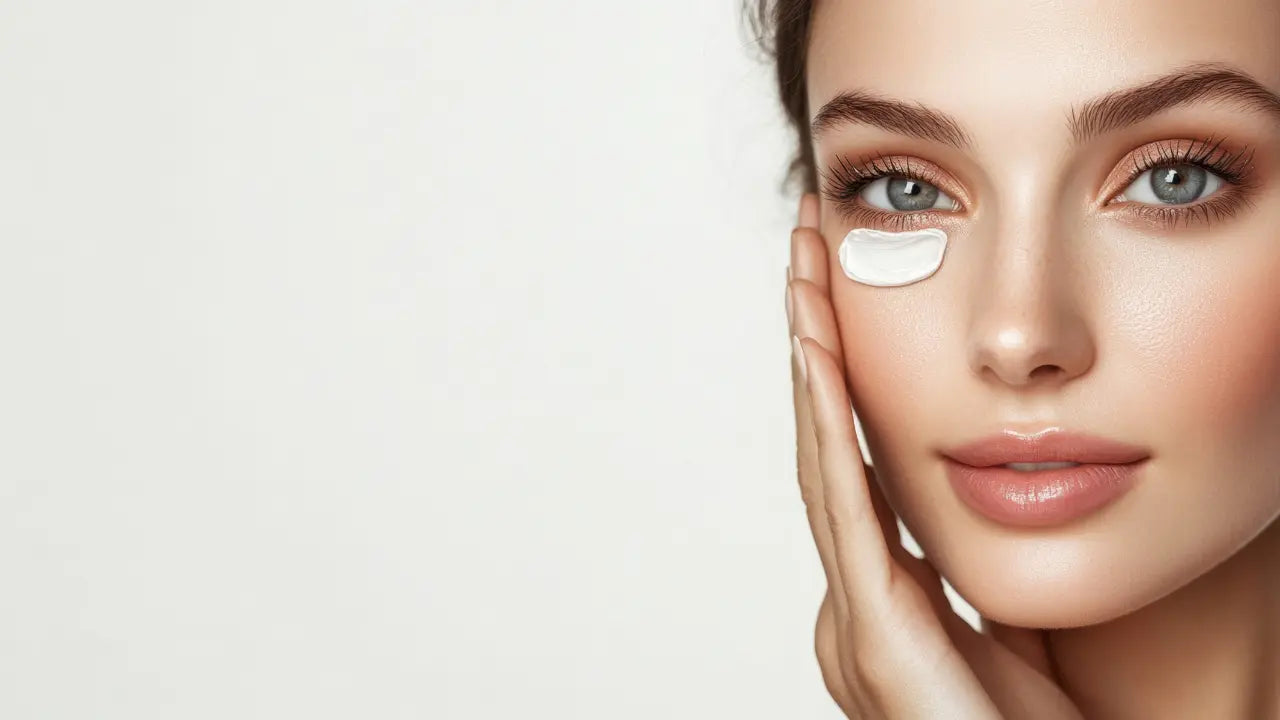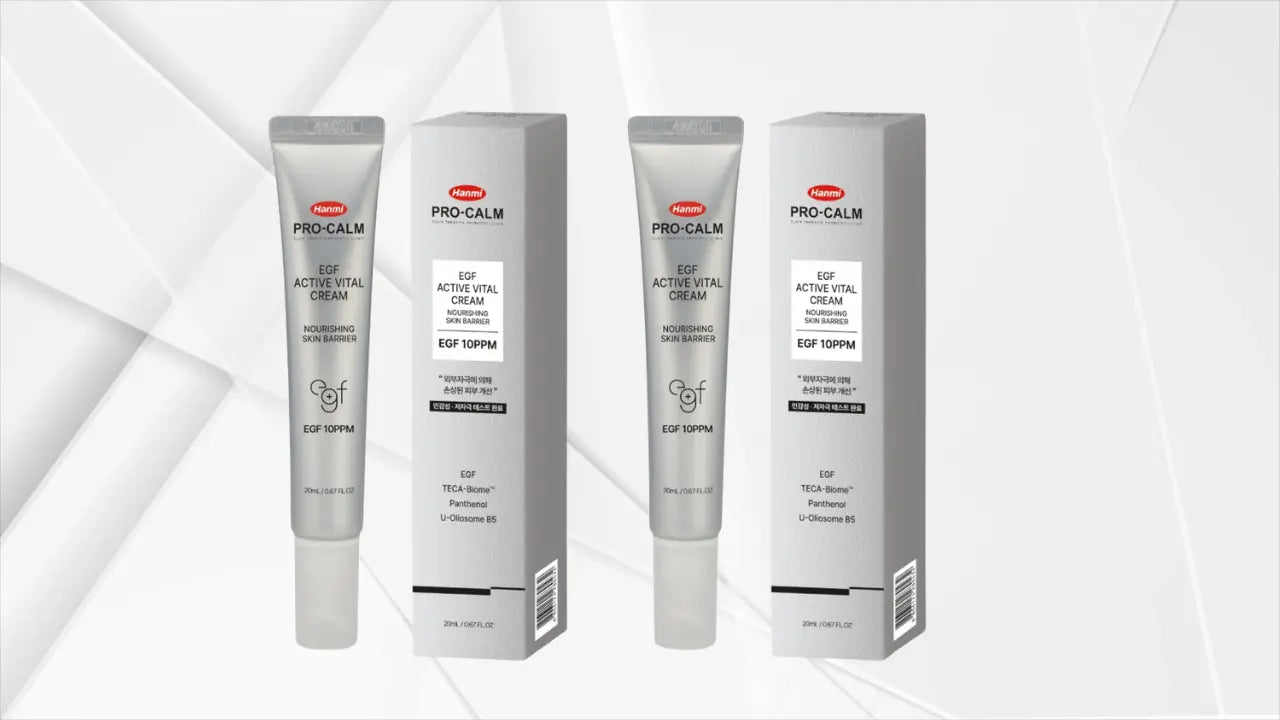Vitamin A cream is one of those skincare staples that sounds simple and turns complicated the minute you compare A313, retinol serums, and prescription tretinoin. In this guide I’ll keep the language plain, share what actually changed in my routine when I added a vitamin A cream, and point you to evidence so you can decide if, when, and how to use it well.
What is vitamin A cream and what can it really do?
At its core, a vitamin A cream is a formula that delivers a retinoid to skin. Retinoids are vitamin-A-derived ingredients that can help smooth texture, reduce clogged pores, and gradually improve the look of fine lines and uneven tone. Dermatology guidance consistently recommends using retinoids at night and pairing them with daily broad-spectrum SPF 30 or higher because these actives can make skin more sun sensitive. Америкийн Сувилагчдын Академи
Results come slowly. In my experience, the first weeks are about learning your skin’s limits: a pea-sized amount, two or three nights per week, and a moisturizer to buffer the dry, tight feeling many people notice early on. The real payoff tends to show after several months when tone looks more even and makeup sits more smoothly.
Not all vitamin A creams are equal. Some contain retinyl esters that skin must convert before they “act,” while prescription retinoic acid (tretinoin) is already in its active form. Those differences explain why one formula might feel gentle yet slow, and another more demanding but quicker to show results. We’ll unpack that next.
How vitamin A derivatives work
Retinoids act at a cellular level by binding to retinoic acid receptors in the skin. Most over-the-counter products use precursors that must convert into retinoic acid via a stepwise pathway: retinyl ester → retinol → retinal (retinaldehyde) → retinoic acid. Fewer conversions usually mean greater potency and a higher chance of irritation, which is why retinyl esters tend to feel milder than retinol, and retinal often feels stronger than both. DermNet®+1
On the evidence front, prescription tretinoin remains the benchmark for photoaging. Systematic reviews of randomized trials show improvements in fine wrinkling, collagen changes, and mottled pigmentation with regular use over months, which tracks with what many people notice in daily life. That doesn’t mean OTC retinoids are pointless; it means expectations and timelines should match the ingredient you choose. pmc.ncbi.nlm.nih.gov
Sunscreen isn’t just a suggestion here. Retinoids can heighten sun sensitivity, and daily SPF habits help you see benefits without surprise redness or uneven tone. When I stayed disciplined about sunscreen and shade, my tolerance improved and I could apply my cream more consistently with fewer setbacks. Америкийн Сувилагчдын Академи
Types & how to choose (A313, retinol, retinal, tretinoin)
You’ll meet four common families in stores and forums. Retinyl esters, such as retinyl palmitate, are the gentlest and usually appear in “vitamin A cream” formats including the French pharmacy favorite A313. The U.S. A313 site itself describes the product as using retinyl palmitate, a retinyl ester positioned as milder and stabilized in a macrogol base. That explains why some users tolerate it quickly yet still need months to see visible change. A313.us
If you’re new or historically sensitive, starting with a gentler OTC formula is reasonable. A straightforward option is a gentle vitamin A starter cream that fits the “retinyl ester/retinol blend” category and can be buffered with moisturizer. When you want a step up without jumping to a prescription, retinaldehyde products are the typical next rung because they sit one conversion away from retinoic acid. A high-strength retinal 1300 ppm option can suit people who already tolerate retinol well and want a bit more oomph.
Some readers ask about boosters versus creams. I’ve used a cream most nights and introduced a retinal booster for targeted use on nonconsecutive evenings to avoid overdoing it. Boosters can layer under or over moisturizer, depending on texture and your skin’s mood that day.
Prescription tretinoin is in a different league. It’s effective for acne and photoaging but comes with a steeper learning curve. Dermatology guidelines place topical retinoids among first-line therapies for acne, often combined with other actives when appropriate, which is why clinicians still reach for them decades after launch. Америкийн Сувилагчдын Академи+1
Formulation matters as much as the active. Gels tend to feel drier; creams feel more cushioning; ointment-like bases slow penetration and may lessen sting. If your skin runs thin or reactive, it’s okay to prioritize texture and soothing excipients over top-end strength for the first twelve weeks.
Who it’s for — and important safety notes
Vitamin A cream can make sense if your main goals include smoother texture, more even tone, or fewer clogged pores. If your skin is already thin, easily flushed, or prone to stinging, you can still try a cautious routine by buffering and spacing applications, but your “win condition” is comfort first. I found that sandwiching my retinoid between moisturizer layers made the difference between quitting and sticking with it.
There are groups who should pause or avoid retinoids. During pregnancy, dermatologist guidance is conservative: avoid both prescription retinoids and over-the-counter products containing retinol or related derivatives. Postpartum and breastfeeding decisions should be made with your clinician. If that’s you, consider alternatives like glycolic acid in the evening and vitamin C in the morning until you get the all-clear. Америкийн Сувилагчдын Академи
Acne-prone readers often ask whether vitamin A cream will break them out. Short answer: purging can happen as cell turnover speeds up, but consistent routines usually settle within several weeks. For body breakouts, many dermatologists pair an OTC retinoid such as adapalene with benzoyl peroxide, which can improve results when used thoughtfully. Америкийн Сувилагчдын Академи
If your skin barrier is grumpy, focus on barrier-supporting creams on nights off. My most comfortable weeks came when I rotated in a cica soothing cream for buffering or a ceramide-rich hydrator for sensitive skin on “rest nights,” which kept peeling at bay and let me increase frequency gradually.
How to use & routine pairings
I apply a pea-sized amount to dry skin at night, after cleansing and before or after moisturizer depending on how feisty my skin feels. If I’m learning a new product, I moisturize first as a cushion and then add the retinoid; if I want a little more strength, I’ll put the cream on bare skin and seal with moisturizer. The non-negotiable step is sunscreen the next morning. Broad-spectrum SPF 30 or higher helps you keep progress without surprise sunburns, and consistency is what really unlocks the long-term payoffs. Америкийн Сувилагчдын Академи
Pairing rules are less scary than they sound. Vitamin C in the morning and retinoids at night work well for many routines and kept my skin brighter through winter heating. If I want extra radiance, I’ll use a dedicated AM serum like vitamin C 23% for morning use and keep the active separation clean to minimize irritation.
What about benzoyl peroxide with retinoids? The nuance is that some combinations are not only okay but helpful. Over-the-counter adapalene pairs well with benzoyl peroxide in acne routines, and certain modern tretinoin formulations are designed to be stable alongside benzoyl peroxide. If irritation shows up, separate them by time of day rather than forcing a cocktail your skin isn’t ready for. Америкийн Сувилагчдын Академи+1
If you’re experimenting with layering and still feel tight or flaky, consider reducing frequency and adding a bland hydrator on top of your active. On weeks when my cheeks felt wind-chapped from office heating, I skipped actives and focused on recovery, then eased back in with a retinal booster for targeted use just once.
Comparisons & narrative FAQs
A313 vs retinol vs tretinoin: A313 is positioned as a retinyl-palmitate-based pommade in a macrogol base, so it sits at the gentler end of the retinoid spectrum and may suit tolerant beginners or anyone who prefers ointment textures. Retinol creams and serums occupy the center, with a wider spread of strengths and textures. Tretinoin is prescription-only, acts directly as retinoic acid, and has the most robust data for photoaging changes but requires patience and careful routine support. As your tolerance grows, stepping from a mild OTC vitamin A cream to a retinal product such as a high-strength retinal 1300 ppm can be a meaningful upgrade before you explore prescriptions. A313.us
Where can I buy vitamin A cream or A313 safely? Check authorized sellers and confirm packaging and INCI lists, since formulations can vary by market. If you’re choosing a beginner OTC route, a gentle vitamin A starter cream from a reputable retailer is a lower-stakes test before moving to stronger options.
How long until I see results? For texture and tone, plan on twelve weeks or more. Prescription tretinoin has the deepest evidence for collagen and fine-line changes over months, while OTC retinoids work more subtly and often more slowly. The path is steady habits, not hacks. pmc.ncbi.nlm.nih.gov
What if my skin is very sensitive or thin? Start tiny and buffer liberally. On “iffy” nights, I’ll skip actives and use a plush cream like a cica soothing cream for buffering or a ceramide-rich hydrator for sensitive skin, then try again the next night. If discomfort persists, your dermatologist can tailor a plan and decide whether a prescription or non-retinoid route fits better.
Can I use vitamin A cream during pregnancy? No; the conservative, dermatologist-endorsed guidance is to avoid retinoids (both prescription and OTC) in pregnancy and to discuss postpartum and breastfeeding plans with your clinician. Consider a temporary routine built around gentle cleansing, moisturizer, sunscreen, and pregnancy-compatible actives if appropriate. Америкийн Сувилагчдын Академи
Vitamin A cream can be a steady, worthwhile addition when used with patience and sun protection. Start where your skin is, not where the internet tells you to be, and adjust strength, texture, and schedule to your real-world life. If you want a simple ramp, try a gentle vitamin A starter cream, then graduate to a retinal option once your skin is ready, and always bring sunscreen along for the ride. Америкийн Сувилагчдын Академи




